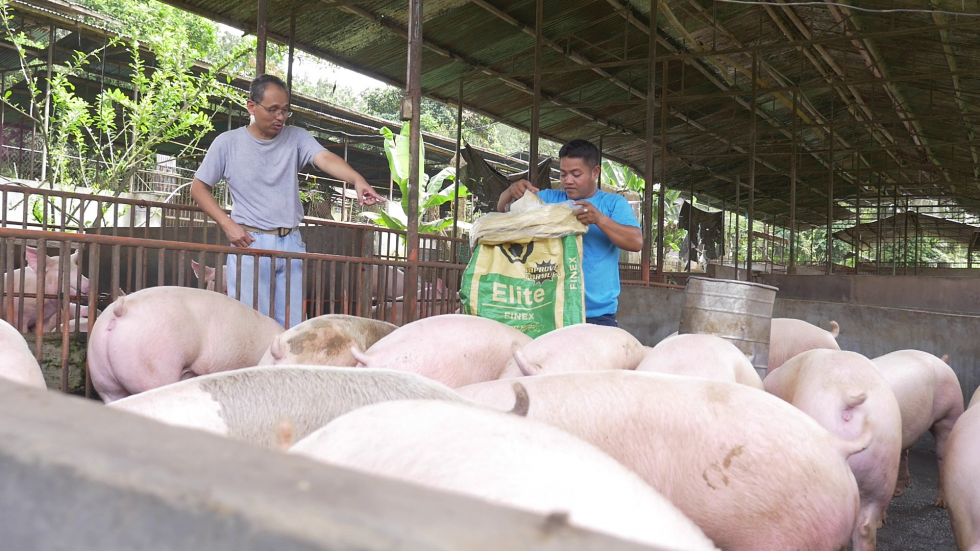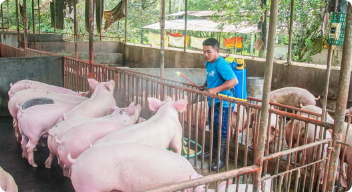
The Need For Feed
Despite the African Swine Fever (ASF) outbreak and the global pandemic, global feed use is still expected to rise. This might just set a new record in 2021 to 2022, continuing a remarkable decade-long run, according to Alexander Karavaystev, an economist with the International Grains Institute.
There is a need for feed globally, Karavaystev forecasts 1.5 billion tonnes of demand which is a 2.8% increase over the current year.
Feed Type
Two-thirds of the growth of feed demand is for grains. Corn leads second, but wheat is also advancing strongly. On the other hand, there is a 99 million tonnes demand for oilseed in the past decade with soybean meal accounting for most of the increase.
In 2020-21, corn prices rose; hence there was a shift away from corn to other grains. Wheat use is estimated to increase by more than 12 million tonnes this year compared to less than four million tonnes for corn.
This need for different kinds of feed might only grow once the ASF crisis has been dealt with accordingly.
Feed Strategy
With the pandemic, ASF, and all the other challenges the hog industry in the Philippines is currently facing, commercial farmers need to develop a feed strategy to prepare themselves for road bumps and other complications.
Adaptability is key to survival. The interruption of supply chains has created a domino effect, even altering the purchasing behavior of consumers. One of the best ways to build opportunities in these trying times is to look ahead. Take the following into account:
Operational Considerations
Biosecurity Measures. Practice good farm management by ensuring that biosecurity measures are followed to reduce the risk of acquiring and spreading animal diseases and illnesses such as ASF. This will help in pushing the supply chain forward.
Pandemic Response. Covid-19 is still present in the country. There is a need to implement procedures and training that addresses the prevention of the spread of Covid-19 among staff and employees. Doing this avoids breakdowns in production and service levels.
Improved Feed Formulation
Reduce the Usage of Antibiotics. Consider options to antibiotics as there are already multiple researches made to support these alternatives. This will require a versatile approach–including good vaccination programs, nutritional optimization and good farm management.
Zinc Oxide Elimination. Stimulate your hogs’ gut health by reducing protein levels and using feed additives such as fiber or organic acids. Highly digestible proteins are also worthy to look into as they easily deliver absorbable amino acids with a low content of anti-nutritional factors.
Invest In Feed Composition. Certain vitamins and nutrients are essential to utilize the full genetic potential of your hogs. The advice from experts and technicians can provide you with the necessary insights to improve feed composition.
Feed Costs Management. Focus on raw material availability and the quality of the feed. Trust in those with ingredients that are of the highest quality to alleviate any health issues as well as to optimize your hogs’ performance.
Investing in high-quality and safe feed goes a long, long way in terms of managing finances and preventing the spread of diseases. At Pilmico, we continue to meticulously develop safe and nutritious feeds that optimize the health of your livestock and other animals.
References:
Feed needs expected to spark corn, wheat demand. (2021, June 21). The Western Producer. Retrieved 21 July 2021 from https://www.producer.com/news/feed-needs-expected-to-spark-corn-wheat-demand/
How to prepare your feed strategy for 2021. (2021, February 1). The Pig Site. Retrieved 21 July 2021 from https://www.thepigsite.com/articles/how-to-prepare-your-feed-strategy-for-2021



